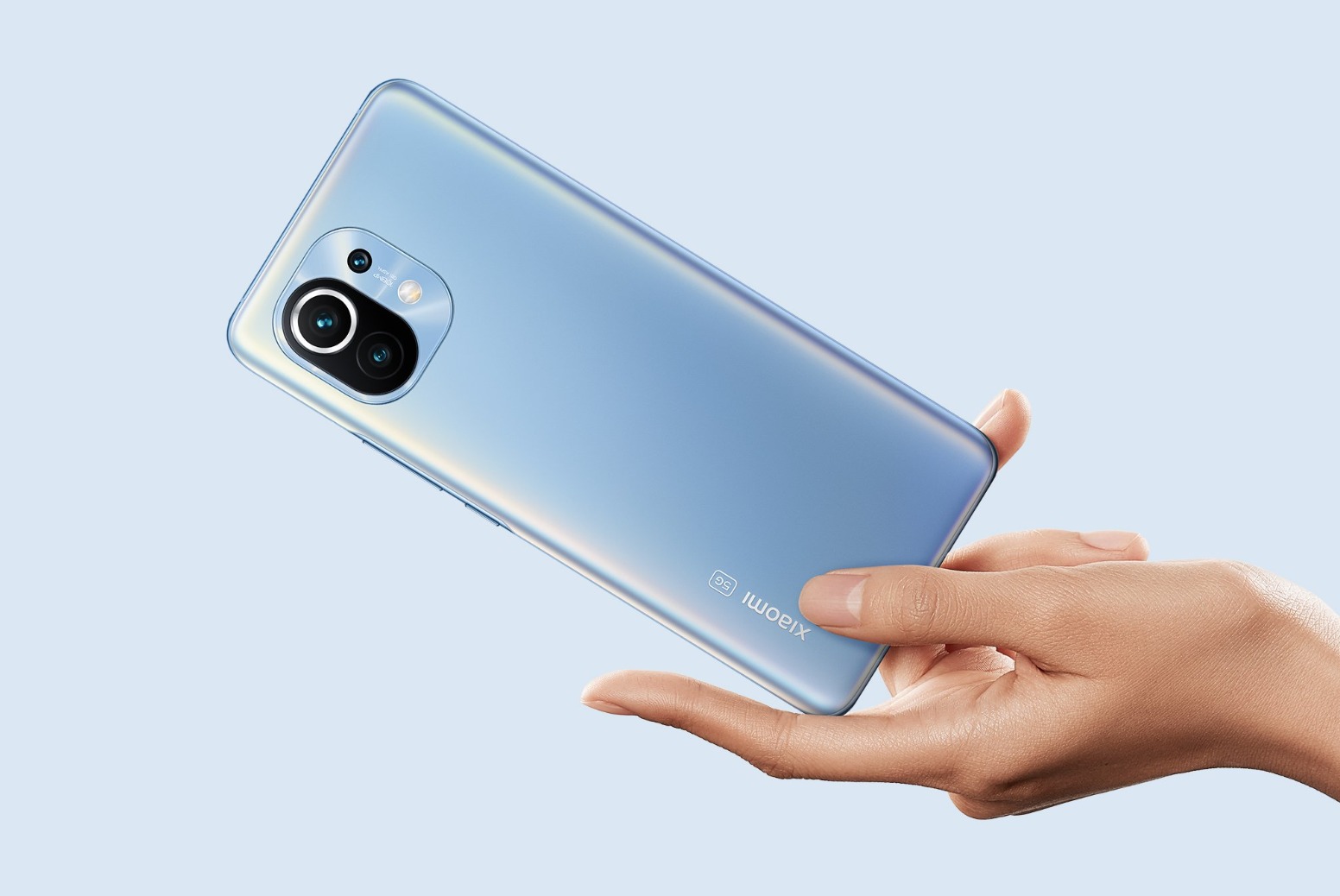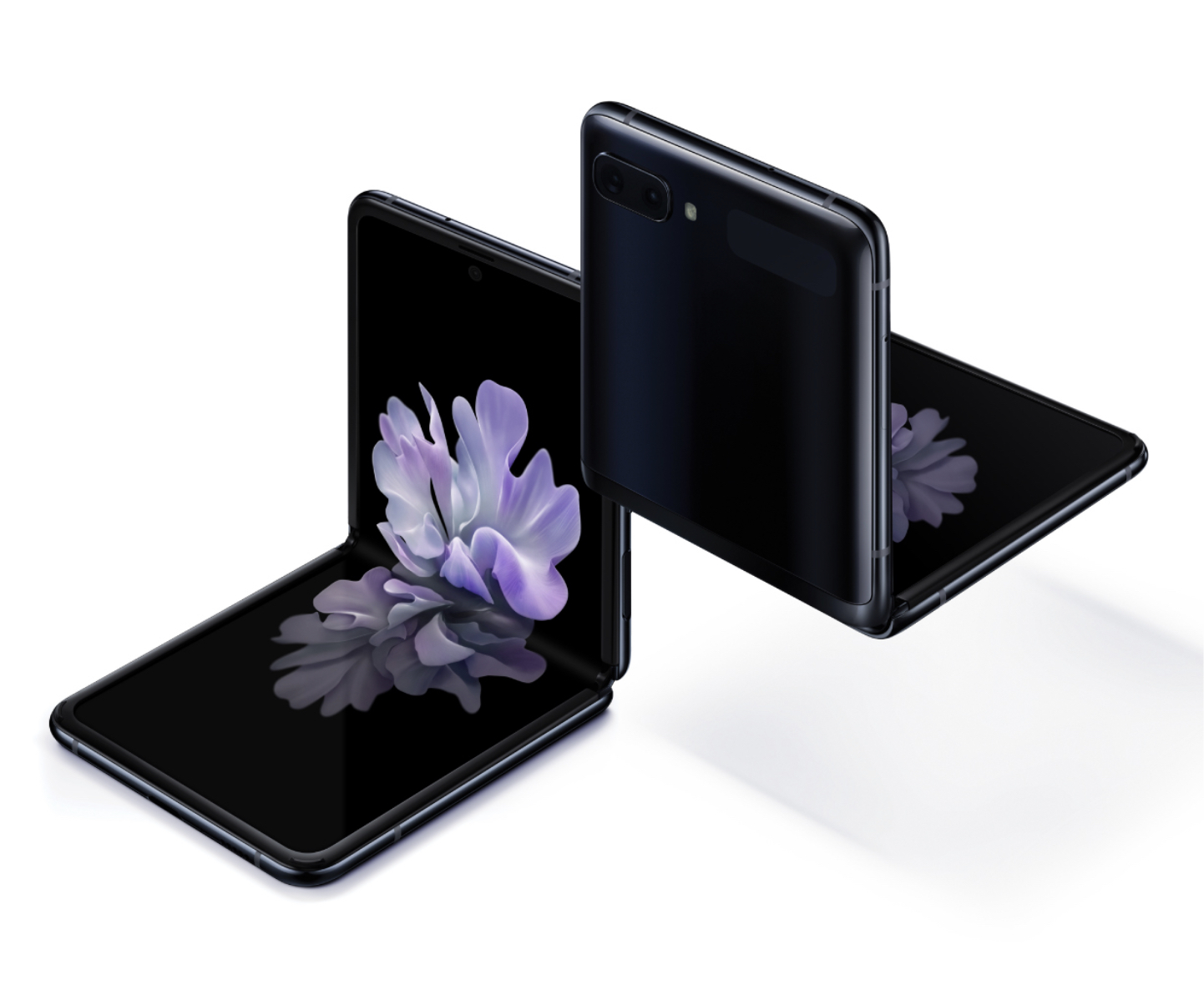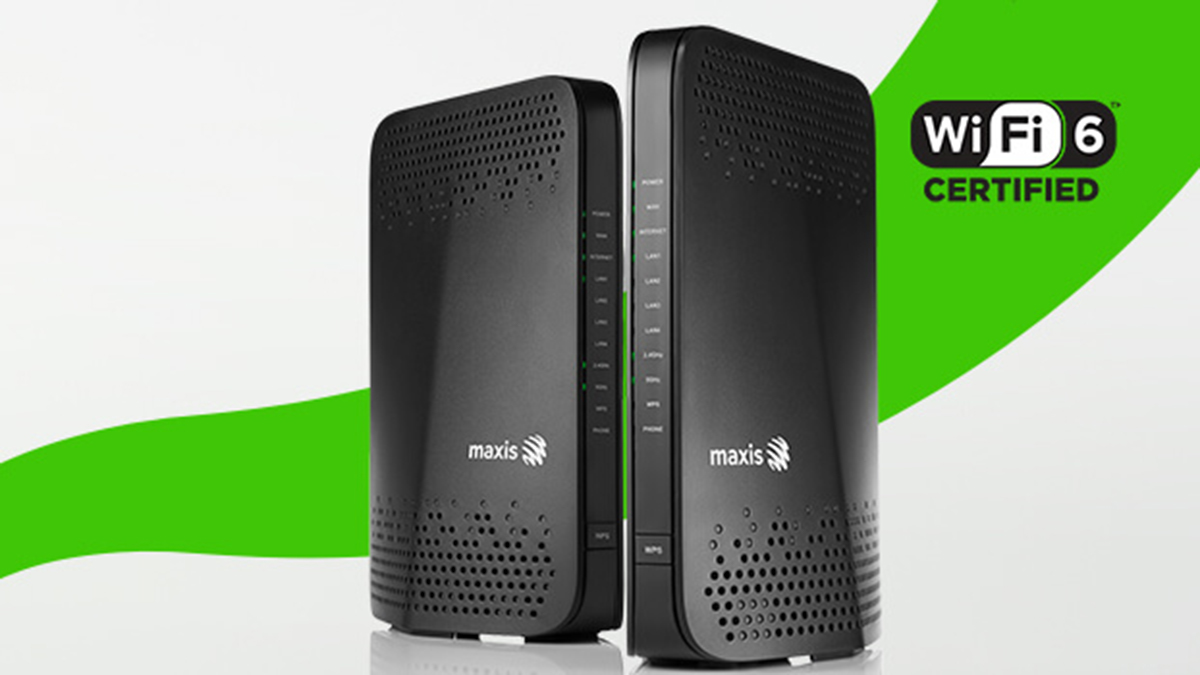Google’s “Made by Google” event live-streamed on Tuesday was huge. Huge because it signals the search giant’s big push into self-branded hardware. As you may know, it is set to acquire half of HTC’s design and engineering talent, the same people who brought you the original. Speaking of the Pixel, Google unleashed the new Pixel 2 and Pixel 2 XL, two of the most-anticipated smartphones of the year.
The Pixel family signifies a big shift for Google. Previously, it worked with hardware makers to develop Nexus devices. Over the years, there have been Nexus devices built by LG, HTC, Samsung and ASUS.
But now, it’s clear where Google wants to take its Pixel range. It wants to control every aspect of the device—the design, the software and hardware integration, and overall user experience. If it sounds like what Apple is doing, you’re exactly right. It’s Android as Google intended.
The big second step
Last year’s Pixel was an important first step. It was the Android for not just the Android purists, but for everyone. It had a pleasing design language, a fantastic camera (topping DxOMark mind you), top notch hardware, the best Android software experience, and the then all-exclusive Google Assistant.
The only issue I felt that was stopping the Pixel was accessibility and availability. It just wasn’t “available” enough in different countries and regions to make any real dent in the Android universe, at least where sales and market share are concerned.
Let’s hope Google improves things.
So, the Pixel 2. Like its predecessor, it comes in two guises: Pixel 2 and a bigger Pixel 2 XL. The two share much of their underpinnings, and the key differences lie in the size and design.
https://www.youtube.com/watch?v=zpLVsR8cSFo
A refined Pixel
Let’s talk about the design. It has a sleek, clean and minimalist look and feel. It’s a refined version of last year’s model, with a mostly aluminium chassis and glass panel at the top rear.
Google has retained the rear fingerprint sensor, which sits below the single camera module. At the bottom is the “G” logo, while the power and volume buttons are placed on the right side of the device. And by the way, the Pixel XL is water-resistant, certified to IP67 standard.
On the front, the Pixel 2 comes with a 5-inch AMOLED display at (1080×1920 @ 441PPI) with a 16:9 aspect ratio, while its bigger sibling rocks a 6-inch P-OLED QHD+ (2880×1440) display with an 18:9 aspect ratio.
The Pixel 2 is the more modern looking of the two, with slimmer bezels all round.
One of the first things about the Pixel 2 and Pixel 2 XL is the new Always-On Display. Basically, it’s Google’s version of Samsung’s Always On display, only better.
Why is it smart(er)? The Always-On Display continually listens to audio playing around you, and it shows you song information without the need to unlock the device first. Tap the song title from the display and Google Assistant will kick in to bring up relevant info of the song. It’s like Shazam without Shazam.
Once you unlock the Pixel 2, you’ll immediately notice the new user interface (UI). Google has given the Pixel launcher a huge redesign. The home screen is much simpler, with the search bar now placed under docked icons.
Moving forward, Google has added a new way to interact with the Google Assistant. All you have to do to activate is “squeeze” the sides of the device. If you’re going, “hey isn’t that the HTC U….” You’re right.
Google has adopted HTC’s Edge Sense and injected it into both Pixel phones. It’s called Active Edge, and gives you the ability to squeeze the sides of the phone to invoke Google Assistant.
But, if you wish to use it the old fashioned way, yes you can say “OK Google” and you’re in business.
Another useful new feature is Google Lens, a system that recognises objects in photos. If you see a landmark or object and need more information about it, Google Lens can bring up the relevant information about them for you.
Top hardware
In terms of specs, both devices run on Qualcomm’s Snapdragon 835. Storage-wise, the Pixel 2 comes with 4GB of RAM and either 64GB or 128GB of internal storage. However, no expandable storage is available. But who needs microSD when all photos and videos are stored in Google Photos. Storage is unlimited for high-quality photos.
Now for the cameras. How do you top 2016’s best smartphone camera? Well, you make it 2017’s top performer of course. It briefly lost its crown to the iPhone 8 Plus in DxOMark Mobile benchmarks, but it looks like the Pixel 2 XL is back to reclaim the throne.
The devices come with a single 12.2MP f/1.8 main shooter with a 1/2.6″ Dual Pixel sensor with OIS + EIS. There’s PDAF with Dual Pixel as well as laser autofocus.
It’s brave that Google is sticking to a single camera setup, considering most if not all manufacturers are taking the dual-camera route.
Lacking a secondary isn’t a big deal though, the Pixel 2 is still capable of “Portrait Mode” on both front and rear cameras using software wizardry.
Meanwhile, the selfie shooter packs an 8MP f/2.4 unit featuring a large 1/3.2″ sensor.
For audio, there are front facing stereo speakers but Google has chosen to omit the headphone jack. I know.
For charging, there’s a USB Type-C port that supports fast charging. The Pixel 2 comes with a 2,700mAh non-removable Li-ion battery while the Pixel 2 features a 3,500mAh power unit.
The devices run the latest Android Oreo, and are guaranteed updates for three years.
As for colours options, the Pixel 2 and Pixel 2 XL come in either Kinda Blue, Just Black and Clearly White. Take your pick people!
Pricing and availability
The Pixel 2 in either 64GB or 128GB storage configuration will be priced at USD649 (MYR2,748) and USD749 (MYR3,172) respectively. The Pixel 2 XL on the other hand costs USD849 (MYR3,595) and USD949 (MYR4,018) for the 64GB and 128GB variants respectively.
Pre-orders went live on 4 October 2017, with the shipping date slated for 19 October 2017. By the way, purchasers of either phone will get a free Google Home Mini, for a limited time only.
In the US, the devices can be purchased direct from the Google Store, with Verizon being the exclusive carrier to offer the devices in store and online.
Closer to home, unfortunately Malaysians will have to resort to buying from Singapore, our closest neighbour or via grey importers like DirectD.
What do you think of Google’s best Android phones yet?








